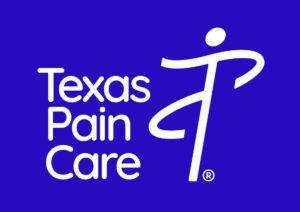
While there are many opportunities where chronic pain can be attributed to a specific joint, disc, or muscle, sometimes it’s multifaceted. If you are experiencing pain that seems like it’s stemming from one particular muscle but also is radiating to other parts of your body, you might be a candidate for trigger point injections.






